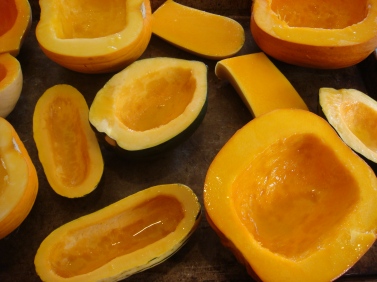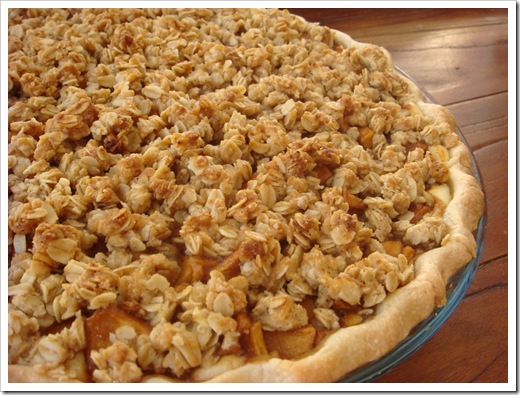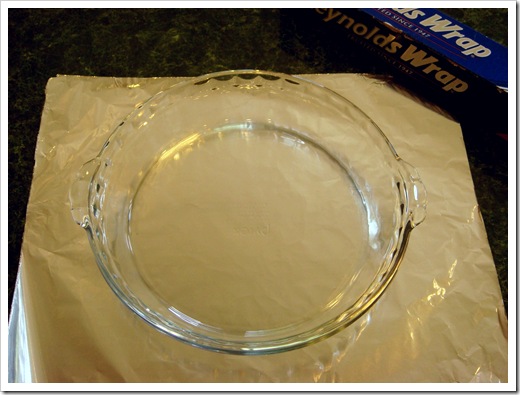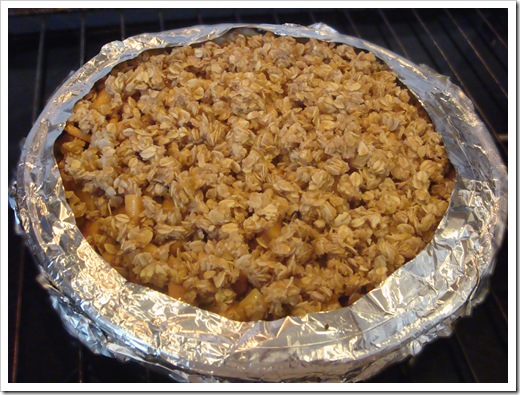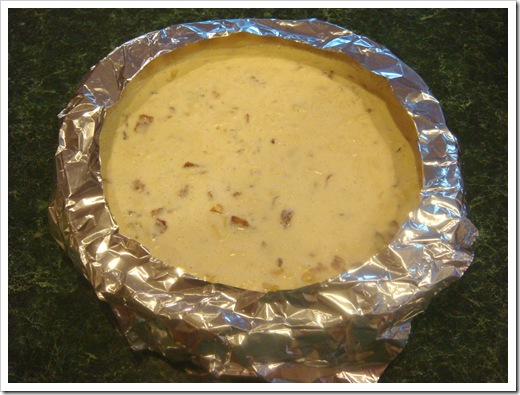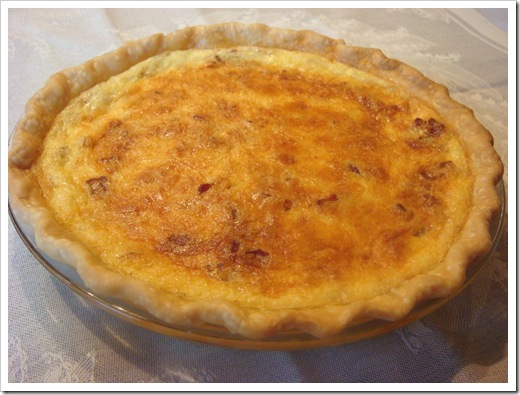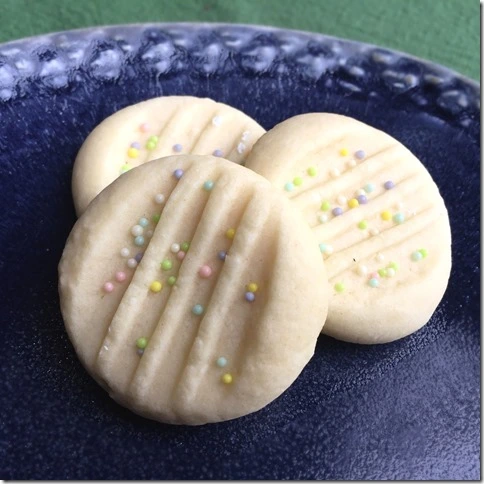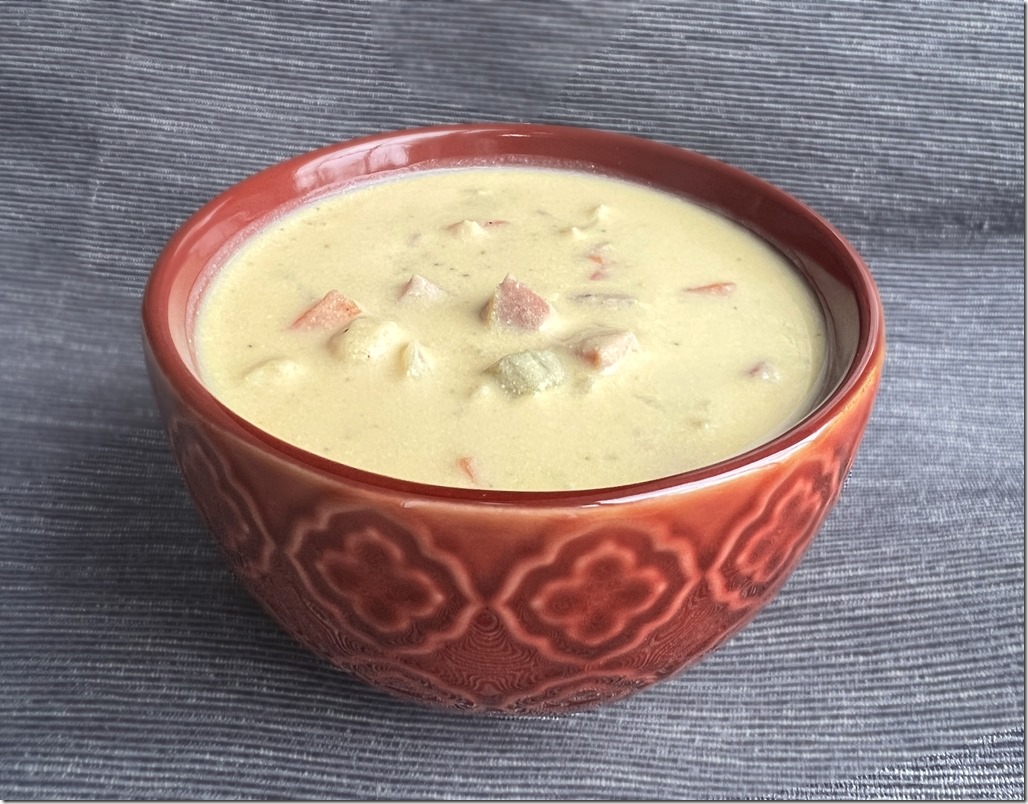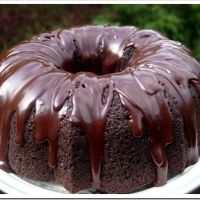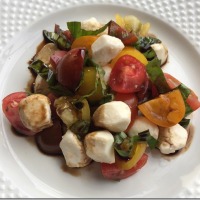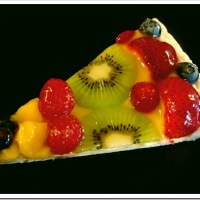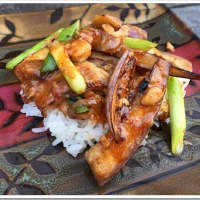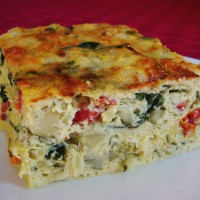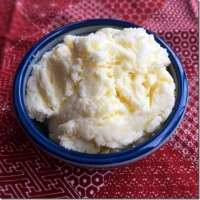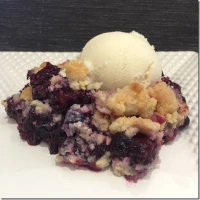Clotted cream is a delicious British condiment. Perfect for topping scones, muffins, cornbread, bagels: anything that you might put butter, cream cheese, or whipped cream on. Or try a dollop on oatmeal with fresh fruit for a wonderful breakfast treat.
Clotted cream’s texture and taste lie somewhere between whipped cream and butter. So: the best of both worlds.
Clotted cream is made by heating cream and keeping it at a low temperature while the fat solids separate from the thinner milk and whey. Maintaining a consistent low heat for a long time is the perfect job for an Instant Pot.
The hardest part of making clotted cream is finding heavy cream that is NOT ultra-pasteurized. Most grocery stores in the US do not carry cream that isn’t ultra-pasteurized. (You can use regular pasteurized cream, but not ultra-pasteurized. The cream will not clot the same.) I bought mine at a local farmer’s market. Some Whole Foods stores also carry it.
**Save the thinner milk/whey that is left after separation to use in other recipes where you would use milk.
RECIPE:
Clotted Cream (in an Instant Pot)
4 cups heavy cream, not ultra-pasteurized
1. Pour cream into the Instant Pot and close lid (use glass lid if you have one).
2. Set Instant Pot to Yogurt and then Boil (press the Yogurt button, then press Adjust until it says Boil).
3. When the Boil cycle finishes, use a thermometer to check that the cream has reached 180°F. Repeat step if cream has not reached 180°F.
4. Return lid (glass) to pot and press Keep Warm button. Leave at Keep Warm for 8 hours.
5. Turn off Instant Pot and set insert on a cooling rack. Cool to room temperature. Do not stir.
7. Cover with glass lid or plastic wrap and refrigerate for 8-12 hours. Do not stir.
8. Remove from fridge. The clotted cream will have thickened and risen above a layer of milk/whey.
9. Use a spoon to scoop out a small section of clotted cream from the side of the pot, and place in a bowl. Carefully pour off the milk/whey at the bottom of the pot (keep to use in other recipes that call for milk or whey). Scoop the remaining clotted cream out into bowl. Stir back in a little whey if you want a thinner texture.
10. Store clotted cream in the refrigerator or freezer. For a softer texture, remove clotted cream from refrigerator about 30 minutes before serving.
Yield: about 2 cups clotted cream
NoEmptyChairs.me














 _
_

